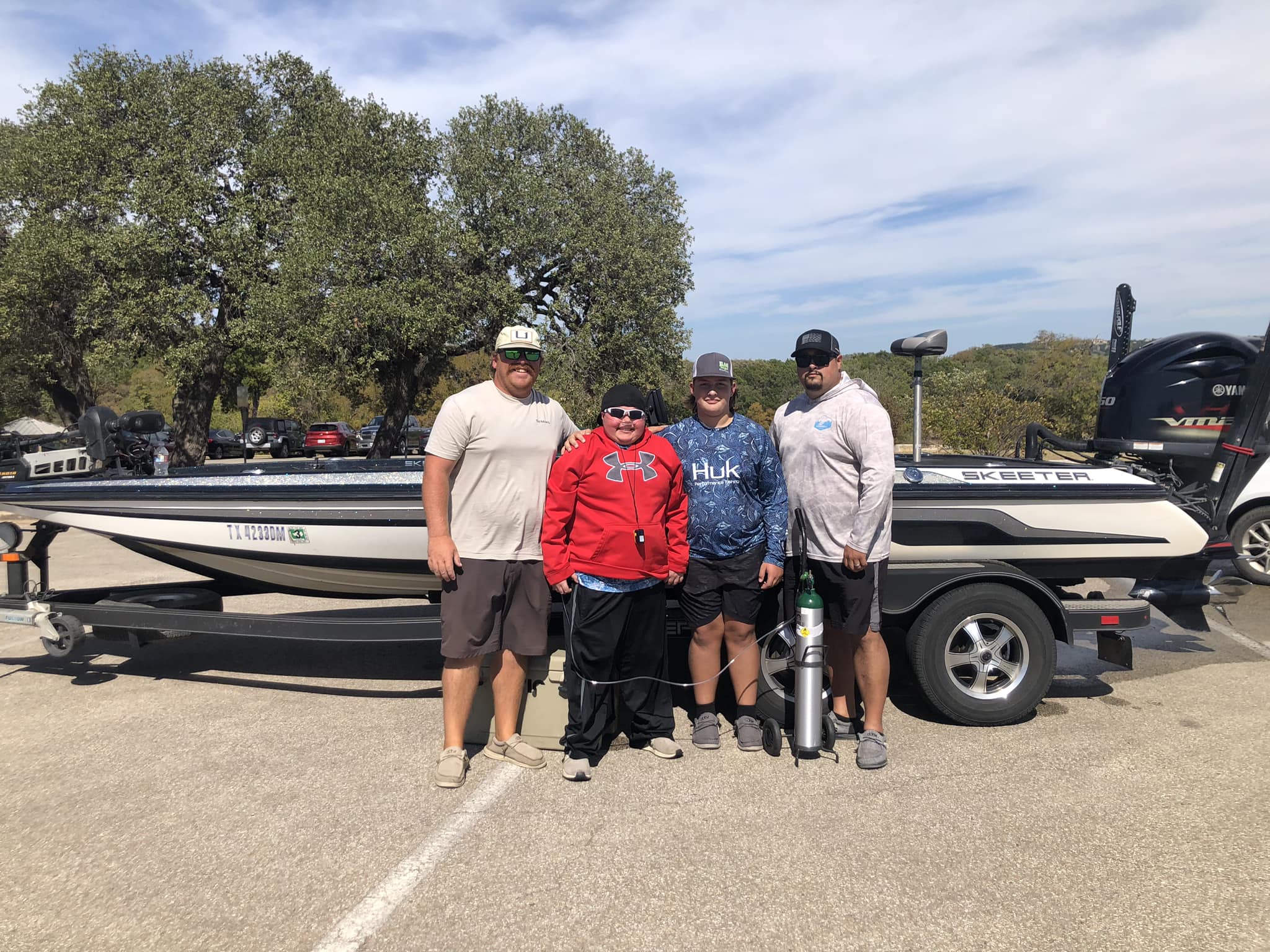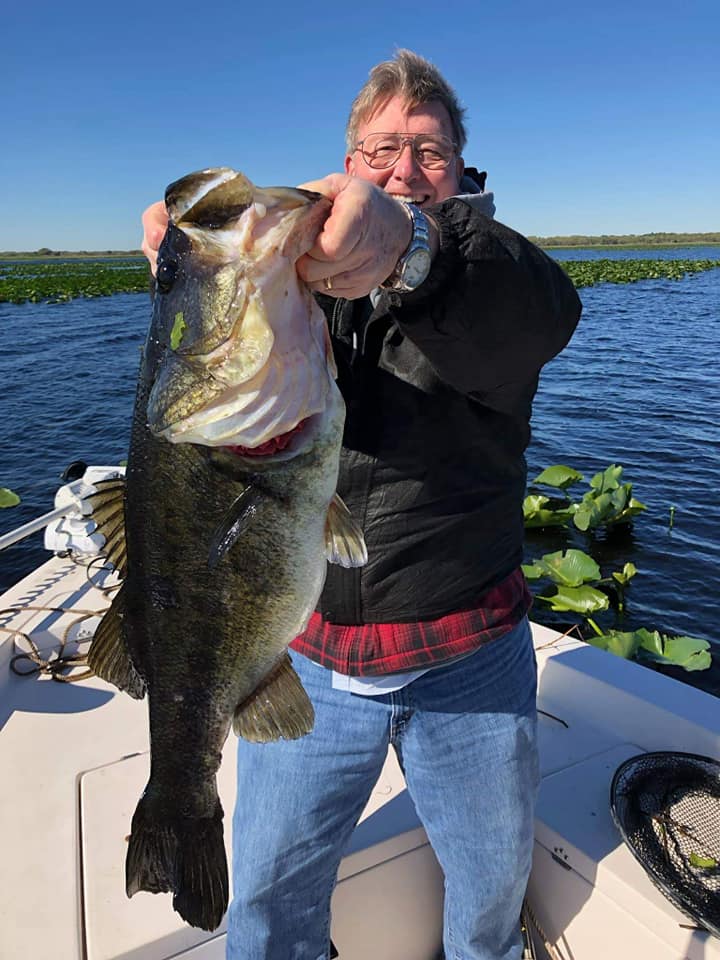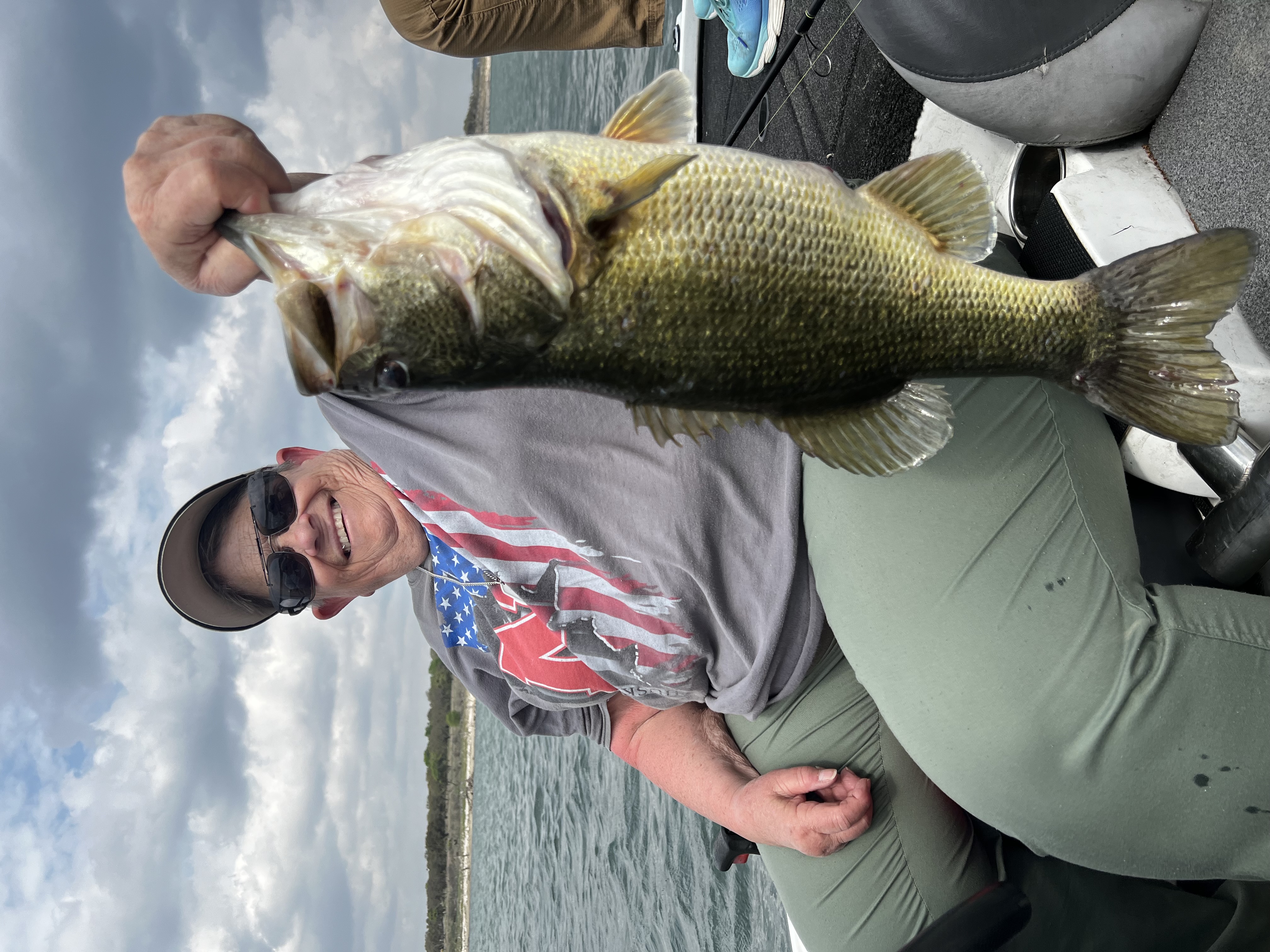Bass Fishing In Badin Lake
Trophy Bass
Bass Fishing In Lake Tillery
Acadia ICE FISHING
Lake Fishing - Buchanan, Inks
3-6Hour Private Bass Fishing
Half Day 7am-12
Lake Fishing - Austin, LBJ & Travis
Canyon Lake Fishing Adventures
Lake Fishing in Harker Heights
Lake Fishing - Stillhouse, Belton
We started Captain Experiences to make it easy to book fishing and hunting guides around the world. With over 2,000 Damn Good Guides, our platform makes finding and booking a trip seamless. Head here to check out our trips.
What is Fishing Line?
Fishing line is a crucial piece of gear that rarely gets thought about, but it is the lifeline between angler and fish. Anglers are connected to their bait—and hopefully a fish—by this line, which means making the right choice is literally make or break.
While there are a ton of factors when setting up a rod, including the reel, rod, lure, hooks, and knot, the line is arguably the most critical when it comes to landing a fish.
Types of Fishing Line
Fishing is done in a variety of environments for a wide range of fish, which has led to the development of different types of fishing line. Currently, there are three major types of fishing line: monofilament, fluorocarbon, and braided line. These three types of line each have their own unique advantages and disadvantages. Balancing the pros and cons of each line will help you make sure your setup is dialed in the next time you hit the water.

Braided Fishing Line
Braided fishing line is made of many smaller strings braided or woven together to create a single strand of line. The strands used in braided line are usually made of synthetic nylon and are weak on their own, but when woven together, they create a very strong line with little stretch. Fishing line with little to no stretch allows anglers to feel bites much easier, which is helpful when targeting fish with a subtle strike. A down side of braid is that fish that strike hard tend to break off because the line does not stretch to absorb the impact.
Braid is the strongest type of line for its size, but is also one of the more expensive. The final advantage of braid over the other types of line is that it does not take the shape of the reel which can cause it to look coiled and come off spinning reels.
Monofilament Fishing Line
Monofilament fishing line is a single, continuous stand of solid nylon that is smooth, perfectly round, and has some stretch. The simplicity of mono means it’s one of the cheapest types of line and is available in a wide range of strengths and colors. Clear and blue tinted mono is popular for saltwater fishing because it’s hard for fish to see.
Although mono is a single strand, it does have some abrasion resistance, but isn’t as durable as the other options. Another downside to mono is that it takes up more space on a reel than braid, meaning you can’t fit as much line on the reel. The stretchy qualities of monofilament fishing line make it best suited for fish that hit hard and stress the line. The nylon composition of mono means that it breaks down over time when exposed to sunlight which requires anglers to replace the line every year.
All of this taken into account, and monofilament fishing line is still by far the most popular type of fishing line and can be found all over the world.
Fluorocarbon Fishing Line
Fluorocarbon is a dense polymer fishing line that overcomes many of the downsides of using monofilament. This line is more abrasion resistant than mono, but doesn’t match braided line.
The biggest draw of fluorocarbon line is that it’s nearly invisible in the water. This makes fish less cautious no matter what bait is being used. The density of fluorocarbon causes it to sink in water, allowing anglers to fish suspended baits and diving baits deeper than with other types of line.
Another advantage of fluorocarbon is that it doesn't degrade when exposed to light or common chemicals found on a boat. This line can continue to be used on a reel as long as it’s not physically compromised, which allows anglers to avoid re-spooling their reels every year.
Fluorocarbon also strikes a balance between the stretch of mono and braid. The small amount of stretch and density of the line means anglers have a small cushion on big blow ups but also improved feel through the rod.
The biggest drawback of fluorocarbon line is the price tag, which is significantly higher than mono but usually about the same as quality braid. Another drawback is this line tends to take the shape of the spool and can uncoil from spinning reels.
Some anglers spool their reels with braid and use fluorocarbon leaders to get the best of both types of line.
If you're still not sure which line is best for you, book a trip with one of our Damn Good Guides—they'll be sure to point you in the right direction.
Joey Butrus
Updated on June 22, 2023

January 19, 2021

March 8, 2022

June 3, 2021

April 26, 2022

July 31, 2024
Related Articles
August 9, 2022
January 19, 2023
August 1, 2022
Featured Locations
- Fishing Charters Near Me
- Austin Fishing Guides
- Biloxi Fishing Charters
- Bradenton Fishing Charters
- Cabo San Lucas Fishing Charters
- Cancun Fishing Charters
- Cape Coral Fishing Charters
- Charleston Fishing Charters
- Clearwater Fishing Charters
- Corpus Christi Fishing Charters
- Crystal River Fishing Charters
- Dauphin Island Fishing Charters
- Daytona Beach Fishing Charters
- Destin Fishing Charters
- Fort Lauderdale Fishing Charters
- Fort Myers Fishing Charters
- Fort Walton Beach Fishing Charters
- Galveston Fishing Charters
- Gulf Shores Fishing Charters
- Hatteras Fishing Charters
- Hilton Head Fishing Charters
- Islamorada Fishing Charters
- Jacksonville Fishing Charters
- Jupiter Fishing Charters
- Key Largo Fishing Charters
- Key West Fishing Charters
- Kona Fishing Charters
- Lakeside Marblehead Fishing Charters
- Marathon Fishing Charters
- Marco Island Fishing Charters
- Miami Fishing Charters
- Montauk Fishing Charters
- Morehead City Fishing Charters
- Naples Fishing Charters
- New Orleans Fishing Charters
- New Smyrna Beach Fishing Charters
- Ocean City Fishing Charters
- Orange Beach Fishing Charters
- Panama City Beach Fishing Charters
- Pensacola Fishing Charters
- Pompano Beach Fishing Charters
- Port Aransas Fishing Charters
- Port Orange Fishing Charters
- Rockport Fishing Charters
- San Diego Fishing Charters
- San Juan Fishing Charters
- Sarasota Fishing Charters
- South Padre Island Fishing Charters
- St. Augustine Fishing Charters
- St. Petersburg Fishing Charters
- Tampa Fishing Charters
- Tarpon Springs Fishing Charters
- Venice Fishing Charters
- Virginia Beach Fishing Charters
- West Palm Beach Fishing Charters
- Wilmington Fishing Charters
- Wrightsville Beach Fishing Charters

































